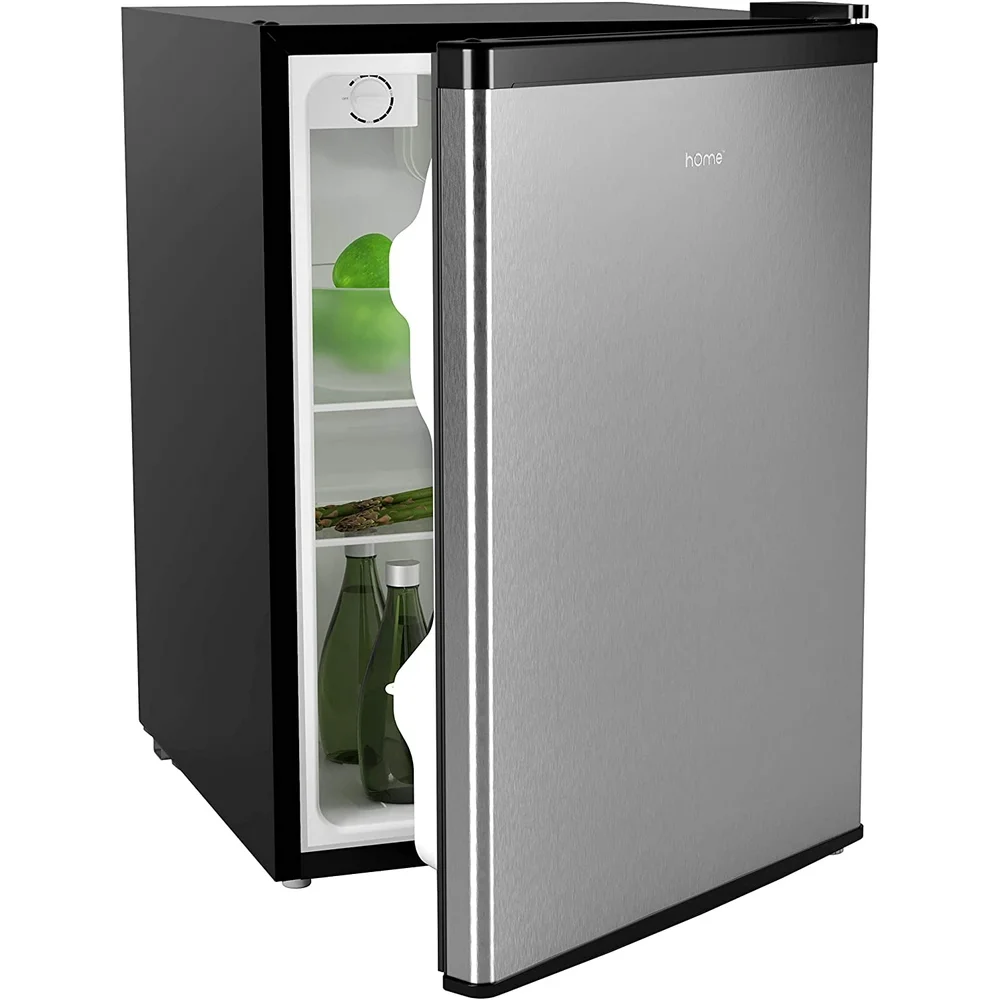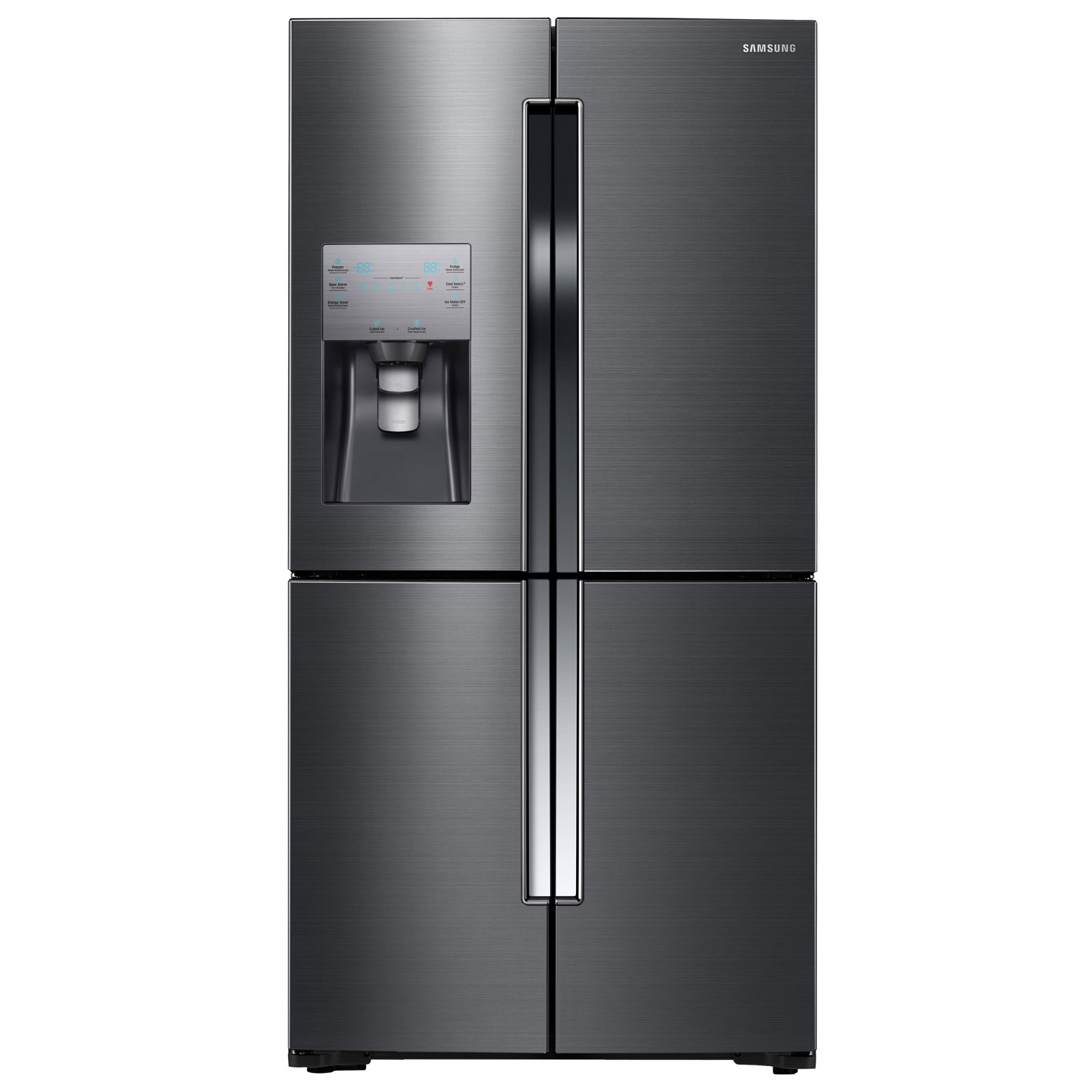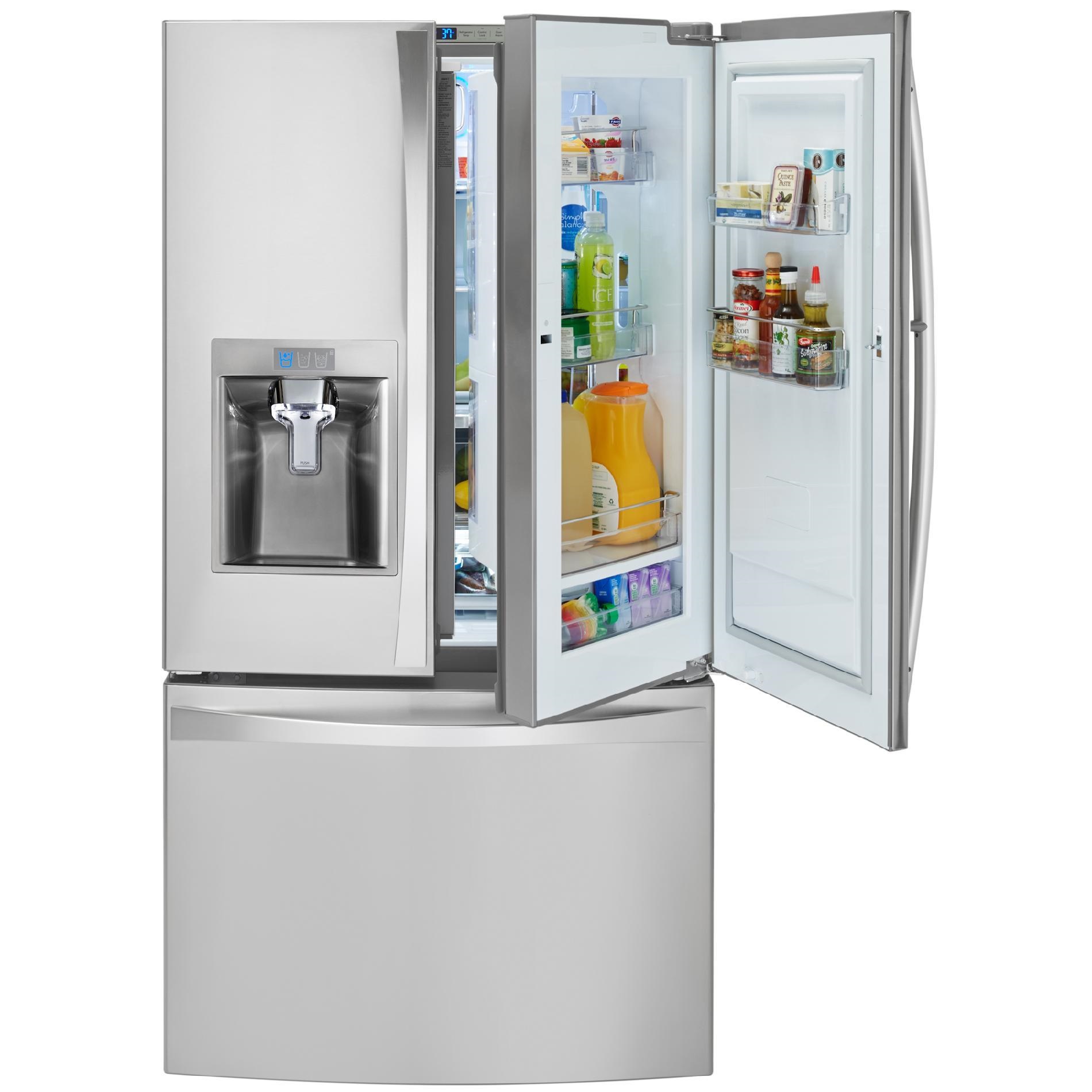When you purchase a new refrigerator, one of the first things you may ask yourself is, “How long will it take for my new refrigerator to get cold?” The answer to this question is essential for ensuring that your food stays fresh and safe to eat. Factors such as how the refrigerator is packed, the ambient temperature, and the model itself can all play a role in how quickly your refrigerator reaches its optimal cooling temperature. In this article, we will explore why it takes time for a new refrigerator to cool, the factors affecting this process, the best practices to hasten cooling, and tips for maintaining optimal functionality.
Understanding Refrigerator Cooling Mechanisms
How a Refrigerator Cools
To understand how long it may take for a new refrigerator to get cold, you must first grasp how refrigeration works. At its core, a refrigerator uses a refrigeration cycle involving a refrigerant. This cycle takes the heat from inside the fridge and dissipates it to the outside environment, typically through coils located at the back or bottom of the unit. Here’s how the process unfolds:
- Evaporation: Inside the refrigerator is a low-pressure gas that evaporates at room temperature. As it evaporates, it absorbs heat from the inside.
- Compression: This gas is then compressed by a compressor, raising its pressure and temperature.
- Condensation: The hot, high-pressure gas moves to the condenser coils, where it releases heat to the surrounding air and transforms back into a liquid.
- Expansion: The liquid refrigerant then passes through an expansion valve, dropping in pressure and temperature, before returning to the evaporator inside the refrigerator.
This cycle continuously repeats, allowing the fridge to maintain a cold internal environment.
The Target Temperature
Most refrigerators are set to maintain an internal temperature between 37°F (3°C) and 40°F (4°C). Freezers typically maintain a temperature of 0°F (-18°C). When you first plug in your new refrigerator, it will take time to reach these desired temperatures. A general rule of thumb is that it takes 24 to 48 hours for a new refrigerator to cool down fully. However, various factors may affect this timeframe.
Factors Affecting Cooling Time
Ambient Temperature
The room temperature where the refrigerator is located greatly influences its cooling efficiency. For example, if the ambient temperature is high, the refrigerator will need to work harder to expel heat. Conversely, in a cooler environment, the fridge may achieve its optimal temperature more quickly.
Refrigerator Size and Model
The dimensions of the refrigerator can also impact how long it takes to cool. Larger refrigerators typically require more time to cool down entirely due to their larger volumes. Also, features such as dual cooling systems and advanced insulation can lead to faster cooling times.
Initial Temperature of Contents
If you’ve placed items inside the refrigerator before it has cooled down, these items can absorb the cold from the air within, effectively slowing down the cooling process. It’s best to allow the fridge to stabilize before adding food.
Use of Vents and Airflow
Many refrigerators come with fans that circulate air within the cooling compartments. If these vents are obstructed by items or if the airflow is limited, it can hinder cooling. It’s essential to keep the internal layout organized to ensure optimal airflow.
Placement of the Refrigerator
Where you place the refrigerator in your kitchen can also impact cooling time. If it’s near a heat source (like an oven) or in a cramped space, it will struggle to stay cool. Adequate ventilation around the fridge is vital for efficient operation.
Best Practices for Faster Cooling
Allowing for Proper Installation
Your refrigerator should be correctly installed for optimal performance. Ensure that it’s level, has adequate clearances for air circulation, and isn’t placed against any walls that may impede airflow. Proper installation can improve efficiency and decrease cooling time.
Pre-Cooling the Contents
If you’ve already purchased groceries before the fridge is cold, consider placing them in a cooler with ice packs until the fridge is ready. This may make it easier for the fridge to reach its desired temperature.
Avoiding Frequent Openings
Once the refrigerator is turned on, avoid opening the doors frequently before it has cooled down. Each time you open the refrigerator door, warm air enters, increasing the time required to reach the optimal temperature.
Keeping it Empty Initially
Leaving the refrigerator empty for the first few hours after plugging it in can allow it to deplete excess heat more efficiently. Once it reaches the set temperature, you can gradually fill it with items.
Regular Maintenance Checks
Ensure that no dust or debris is obstructing the coils, as clean coils can significantly enhance efficiency. Regular maintenance can help with long-term cooling performance.
How Technology Affects Cooling Time
Modern Refrigerators with Smart Technology
With advancements in technology, many modern refrigerators feature smart cooling systems equipped with sensors that optimize performance. These devices adapt to temperature changes in real-time, allowing for quicker stabilization. Such refrigerators could be expected to reach their optimal temperatures in less time than older models.
Vacuum Insulation
Some new models come with advanced insulation technology, often referred to as vacuum insulation, which helps to maintain consistent temperatures and reduce energy consumption. These technologies contribute not only to faster cooling but also to overall greater efficiency.
Signs Your Refrigerator is Cooling Properly
Use of a Thermometer
To determine if your refrigerator is adequately cooling, you can use a refrigerator thermometer. Place it inside and check the readings periodically. An accurate thermometer will give you a better understanding of the internal temperature compared to the built-in thermometer, which can sometimes be inaccurate.
Listening for the Compressor
Pay attention to the sound of the compressor and fans. When the refrigerator is functioning correctly, you should hear the compressor kicking in periodically as it goes through its cooling cycle. If the compressor is constantly running or you hear unusual noises, it may require troubleshooting.
Check for Condensation
Excessive condensation inside the refrigerator can indicate that it is not cooling adequately. Proper cooling should prevent moisture build-up, keeping your items dry and fresh.
 Maintenance Tips for Long-Term Performance
Maintenance Tips for Long-Term Performance
Regular Temperature Checks
Make it a habit to check the temperature settings regularly. Keeping the fridge too cold can lead to freezing, while too warm can spoil food.
Clean the Condenser Coils
Every few months, inspect and clean the condenser coils to remove dust and debris, allowing for better heat exchange and efficiency.
Ensure Proper Seal on the Door
Check the rubber seals on the refrigerator door to ensure they’re airtight. Poor seals can lead to temperature fluctuations and increased energy bills.
Organizing the Interior
An organized refrigerator maximizes airflow, which helps maintain a consistent temperature. Use bins and shelves effectively to optimize space.
Conclusion: how long for new refrigerator to get cold
In summary, the question “how long for a new refrigerator to get cold” typically points to a timeframe of 24 to 48 hours, depending on various factors such as room temperature, contents, size, and type of refrigerator. By understanding the mechanisms behind cooling, recognizing the factors affecting temperature, and following best practices, you can ensure that your new refrigerator reaches optimal temperatures efficiently. Additionally, regular maintenance and mindful usage will keep your appliance running smoothly for years to come. With this knowledge, you can be prepared for your refrigerator’s cooling journey and enjoy the benefits of fresh food storage sooner.


